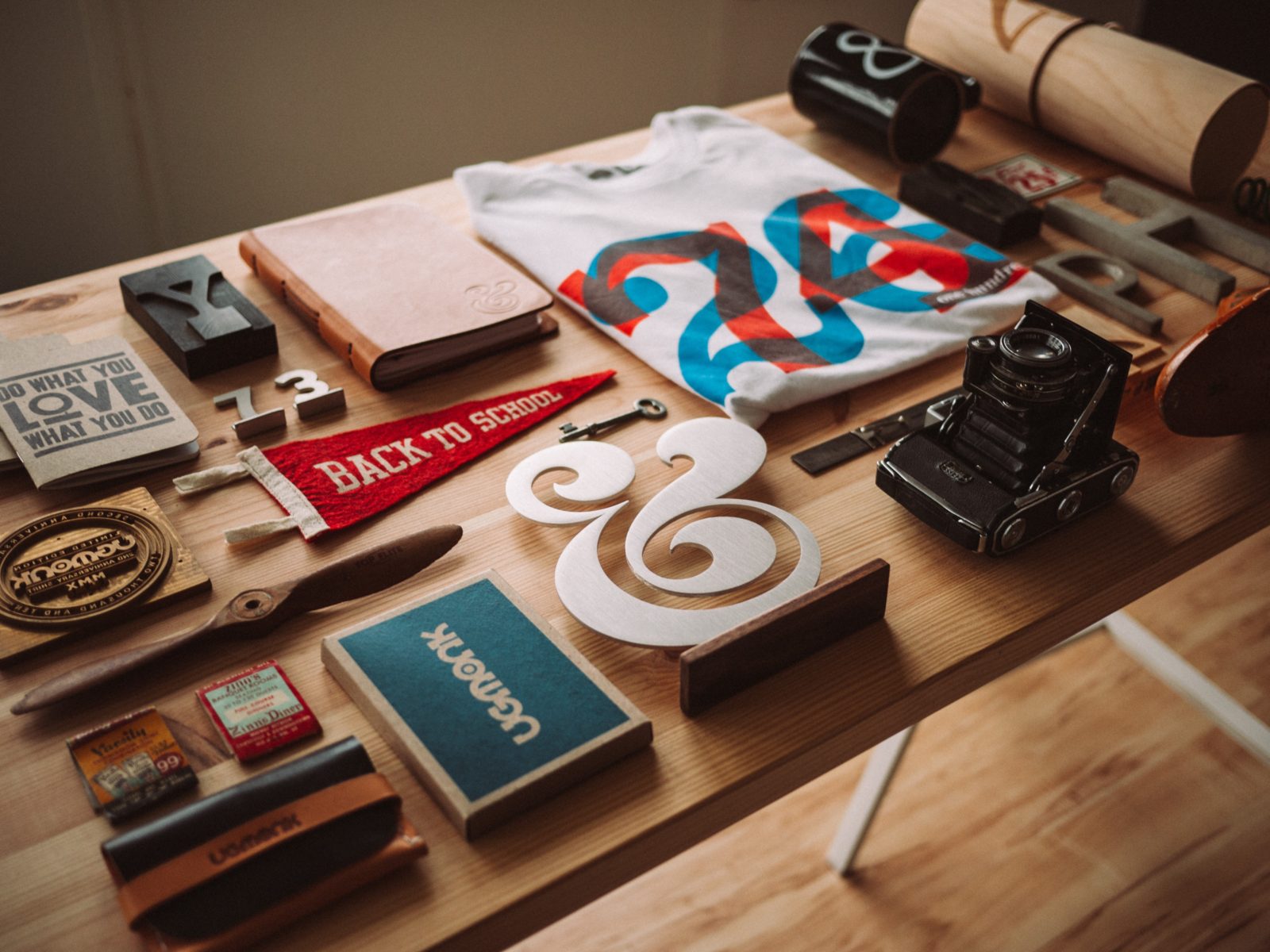You have a great idea, but you don’t know how to make it a reality. Entrepreneurs and designers have great ideas every day, but the vast majority of these never take off beyond just the first stages, if even that. Here’s your guide for taking your idea from prototype to profit. Are you ready to turn your idea into money-making products? Let’s get started!
1. Protect Your Idea
Ideas get stolen every day. Maybe you share your amazing idea with your nextdoor neighbor who suddenly takes action. Maybe someone else out there has a similar idea and is already acting on it. No matter what you do, you need to protect your idea. You need to prove that you’re the only who came up with your product idea. First, write everything down. Write down your thought process and everything associated with it.
You’ll need to patent your idea to ensure nobody else is able to claim it’s there’s. While you’ve probably heard it’s safe to mail your idea to yourself in a sealed, dated envelope, this isn’t a strong protection. In court, the judge isn’t going to care much for your envelope idea. You need to bring out the big guns. Instead, create an inventor’s journal. You can use any journal and have it signed by a witness. You can create your own inventor’s journals or have one printed especially for you!
Next, you need to do your research. Your idea might already exist without you knowing it! Search patents for anything similar, and make sure you’re clear before you dedicate time to inventing a product that already exists. Once you’re sure this is your idea and yours alone, research your market. You can’t create a product if there isn’t a market to buy it! If you’re creating a knitting product, for instance, make sure there’s actually someone out there who would use this! Research can be a lot of work, but it’s essential to creating a strong product people actually want to buy.
2. Materials and Cost
Before you build your prototype, you need to make a clear list of materials and costs. How will your product be manufactured? Now that you have a greater understanding of the market you’re selling to, how can you reach this market. You’ll need to determine a way to manufacture and distribute your product at a lost cost, particularly if it’s something you plan to take to retail.
When determining the list of materials, include associated costs. You’ll likely find that one material is more expensive than another. Ultimately, it will come down to what you find more important in your product. Higher quality materials can retailer for a greater amount, but this will depend on your target market. This is why market research is so important. Knowing who you’re selling to will help you determine your cost needs. There are limits to how much certain demographics will pay for products.
Your material and cost list will be beneficial when speaking to manufacturers and distributors. Create a file on your computer with all of your quotes, receipts, and spreadsheets. Staying organized is key when developing a product from start to finish.
3. Build a Prototype
Now, it’s time to build your first prototype. A prototype is simply a model of your invention that shows the design and helps you attract investors or initial buyers. You shouldn’t even begin to file a patent until you have finished creating your prototype! Prototypes are the perfect time to fix any flaws before you jump to initial production.
Not sure how to build your prototype? First, start with a design. You can draw one yourself in your inventors journal or have a product designer help you. Match up your designers with your list of materials. You might need more than one prototype depending on your material needs. Finally, make a working model of your idea. You can get creative and use any tools at your disposal like prototype kits, 3D printing, or research a variety of precision CNC machining services. Manufacturers might assist with the modeling process as well if you’re in need of several prototypes. Having a built prototype goes a long way towards completing your vision. Now, your idea is more than just a thought on the page! It’s actually a physical or virtual product you can experience. Having a prototype of the visual version of your product will make finding investors much easier.
4. File Your Patent
Once you have your prototype and completed design, it’s time to actually protect it from theft. Patenting your design is a must, especially if you’re seeking investment! You have two options to choose from: a design patent and a utility patent. Utility patents are usually for processes or machines while design patents are for non-obvious ornamental designs. You can find patent applications online and fill them out yourself or use an attorney.
While you’re able to complete the patent application on your own, it’s important to have a professional review your application before you submit. Reputable professionals and attorneys will be registered with the U.S. Patent and Trademark Office. Having a professional review your application will ensure it’s strong and successful. You don’t want to risk anything when it comes to your idea! Any problems in your application can hold up the lengthy process and create additional problems.
If you’re on a budget, there are different sizes of patent firms you can work with. Smaller patent firms are more affordable and might even be able to work more closely with you on your patent application and product. Before hiring a professional, discuss the total cost so you are aware what is expected on both ends upfront. Filing your patent helps protect your product from legal action and replication, both things that can be detrimental to your product reputation.
5. Bring Your Product to Life!
Now that your product is protected, it’s time to bring it to life. How will you market your product? Where will you get money to mass produce your market? Will you be manufacturing the product yourself or will you go through another manufacturing company? Will your product be available for traditional retail sales or e-commerce platform such as Walmart Marketplace?
In the digital age, there are a lot of unique ways to raise money for your product. Kickstarter is a great example of an unconventional way to raise awareness and funds for a new product! You might also choose to license your product to another company for a percentage of royalties. While you might lose some profit in the process, you don’t have the risk of running your own business for your product. No matter what you choose, be patient! Creating a product is a timely process, and the right product is worth waiting for.
What’s your winning idea? If you have an idea and a market to sell it in, you’re already halfway there! Some people spend an entire lifetime thinking of the right idea! If your money making idea is already clear, you’re ready to start! Act fast to protect your idea in its early stages! Follow these steps above to protect your idea and effectively bring it to market!






